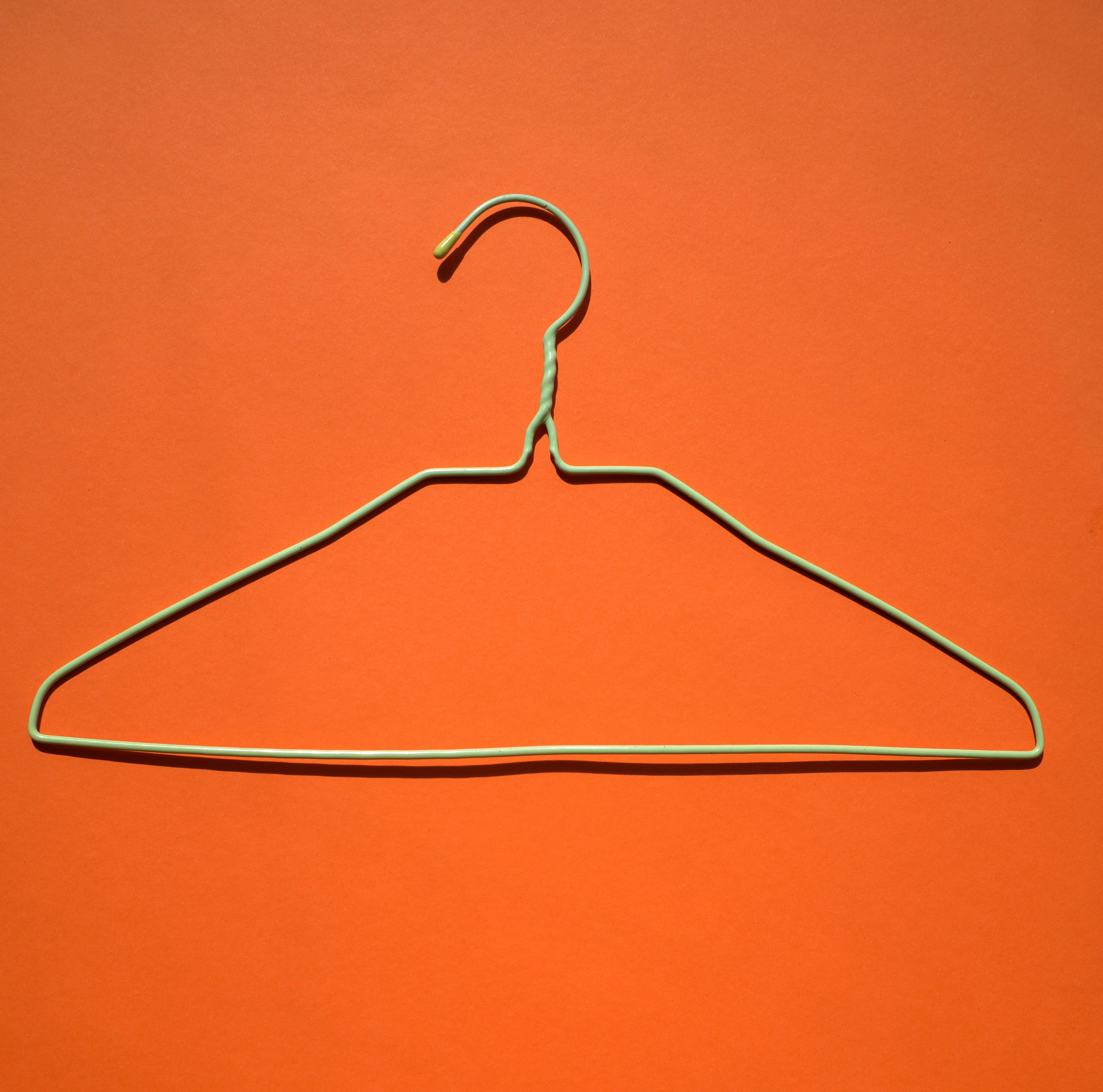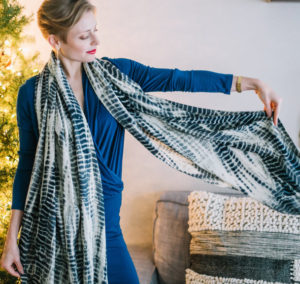Peahen readers, meet Francesca! She’s based in Cornwall/London and believes the best way to make change happen is through consumer choice, intersectional collective action, and policy change. We met how most writers meet these days — on the hashtags tracks of Slack — in our case through the Ethical Writers & Creatives. Since joining, I’ve been itching to bring her work to you. Here she is cautioning you against an epic closet cleanout…[/vc_column_text][vc_separator][vc_column_text]Since the airing of Stacey Dooley’s BBC documentary on fast fashion and the environment a few weeks ago I’ve noticed both a rise in my readership (I’m guessing people have been searching how polluting the fashion industry is and coming across this blog post) and a rise in the amount of “mainstream” influencers talking about the downsides of the industry too.
This is definitely a good thing. These influencers reach many more people than I do currently, and if their recommendations or broaching of topics leads people to research and learn more about the ways we’re consuming and how detrimental that is to the world around us, then that is great. We gravely need these things to become more mainstream and permanently enter the national conversation, in fact we need them to be the norm.
But, in the wake of this increased conversation, I have noticed one trend that I believe comes from a good place, but is in fact the complete opposite of what we need as a first response to the hyper-consumerism problems we have right now.
[/vc_column_text][/vc_column][/vc_row][vc_row][vc_column][vc_column_text]I understand the urge to do this, it’s the exact same trend that occurred when people started watching the minimalists documentary. You suddenly feel inspired to live with less. So you want to go on a huge binge and become the ultra minimal, zen-like creature you know has always been inside of you, just dying to get out. This totally comes from the right intentions but the thing is, it’s not actually the sustainable choice.So please, please, stop clearing out your wardrobe because you just learned about sustainable fashion.
Here are some reasons why you should pause for a second before you actually go through with this plan of action, and some alternative options instead:
It’s disposability culture masquerading as sustainable
The most sustainable wardrobe is always a durable wardrobe. Because yes, fashion has its manufacturing issues, but those arose because retailers are desperate to cut costs in an attempt to make as much as possible for as low a cost as possible.
You know what drives that kind of action? Demand.
If you start chucking everything away in order to replace it with more ethical options, that’s still increasing the demand for more. If you transfer your fast fashion consumption rates over to secondhand stores only to get rid of those pieces after a few wears, that’s still sustaining a culture of overconsumption and disposability. Firstly, this isn’t going to make you happy. Secondly, this does nothing to combat the systemic problem we have when it comes to consumption.
I’m not saying never shop again. I’m not saying don’t treat yourself occasionally and never ever do a clear out of your things. But I do want to emphasize that climate disaster and human rights violations aren’t problems we can solve by buying more stuff. We have a huge trash problem. Constantly consuming and regularly throwing stuff away is only going to make it worse. Especially seeing as most of our donated clothes won’t be bought by someone else, they’ll become another piece of waste. But more on that later…[/vc_column_text][/vc_column][/vc_row][vc_row][vc_column][vc_single_image image=”3736″ img_size=”large” add_caption=”yes” alignment=”center”][vc_column_text]
Capsule wardrobes aren’t meant to be constantly overhauled
Honestly, I think there are some well-meaning people out there who truly don’t quite understand the concept.
The term ‘capsule wardrobe’ was coined by a woman called Susie Faux in the 1970s as a response to people spending too much on too many fashion items that were poorly made, didn’t fit, and wouldn’t be on-trend for long. The capsule wardrobe was designed to be made up of essential, timeless items that were high quality and fit well, therefore lasting for years, that could be paired with small seasonal accents like accessories. It streamlined the wardrobe and created a closet that could be endlessly mixed and matched, with the occasional addition of a high quality, more expensive piece that would end up as better value for money due to its longevity.
I actually wrote a post on this a while back, but I made a conscious decision not to have a capsule wardrobe. You know why? Because I haven’t grown in ten years and I was regularly wearing just about everything in my closet. I’m quite firm with myself about rotating my clothes so they all get good wear. This meant that if I cleared out my wardrobe, I would be needlessly getting rid of things I still wore in order to tick a ‘sustainable fashion’ box.
The result of ‘eco-purging’
What I’m seeing now are fashion influencers who, in a desire to be more sustainable, have gone for a capsule wardrobe. But then every time the seasons change they buy new pieces, and make content about what they’re getting rid of and what they’re buying in its place.
For example, every autumn brings new knitwear to add to the capsule wardrobe. Which just makes me wonder, what happened to the jumpers [sweaters in US lingo] you bought last year? If they couldn’t last one season plus being in storage through the warm months, were they really a sustainable purchase? If you’re buying new pieces every time, especially when it comes to items that are meant to be staples that stick around, doesn’t that kind of defeat the point of a capsule wardrobe? In fact, it seems like that’s what normal fashion bloggers do, but the capsule wardrobes also add getting rid of things to the mix too, in the name of ‘sustainability always looks like less’.
I mean hey, I’ve been guilty of getting three new jumpers this year. But guess what: I don’t have a capsule wardrobe and I do rotate them to make sure I wear them all. Plus, I keep them. I have jumpers that are literally over ten years old that still come out every winter, and they’re doing just fine. I know that some people are limited for space and their argument is that they cannot store clothes for each season. Whilst I believe everyone has enough storage for the small number of clothes they actually need for winter/summer, I cannot say this for definite, so my counterargument to this is that there are plenty of storage solutions which would make this possible. Why not explore storage unit prices and hire a unit where you can keep all of your clothes whilst they aren’t in use? There is always an answer.
So repeat after me: capsule wardrobes are not the only way to be sustainable. Capsule wardrobes work if you actually buy staples that you continue wearing year after year, occasionally adding a new piece or bringing in a replacement when the items you have truly reached their end life. If you’re just swapping out staples each year for newer ones, I’d say abandon the capsule idea over sending things to be wasted when they are still perfectly fine to wear.[/vc_column_text][/vc_column][/vc_row][vc_row][vc_column][vc_column_text]
Most donated clothes won’t be sold in your local charity shop, they will be wasted.
You might think that giving your old clothes to charity guarantees that they’ll go to a better home, that the charity will make money because of your kind donations, and that your pieces will live a long life for years to come in someone else’s closet. Nope.
In fact, only 10-20% of clothing that is donated to charity ends up getting sold in local shops. The rest is often sold to foreign buyers, who import and resell in their countries. If we’re taking the sustainability angle here, this is not the eco-friendly option, as your clothes are shipped halfway around the globe and cause some serious carbon emissions on the way. But beyond that, a lot of other countries don’t want our used clothes anymore. That’s because we’re buying so much low-quality fast fashion, which means the quality is literally too low to resell, and these items are classified as ‘junk’. And you know what they do with those clothes? They get incinerated.
So yeah, sure. If you donate something really amazing, like a designer or really high-quality piece, it will probably be sold on in a charity shop and live a happy life in someone else’s wardrobe. But if you’re donating your high street purchases they’re probably going to be shipped abroad or burned. Neither of these is great. Basically, regularly donating huge amounts of high street clothes after a few wears does almost nothing to help the environment.[/vc_column_text][/vc_column][/vc_row][vc_row][vc_column][vc_column_text]



